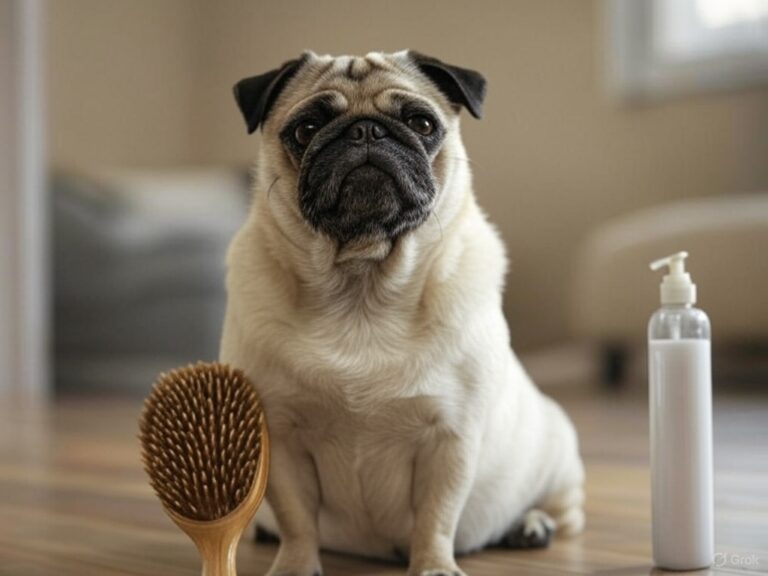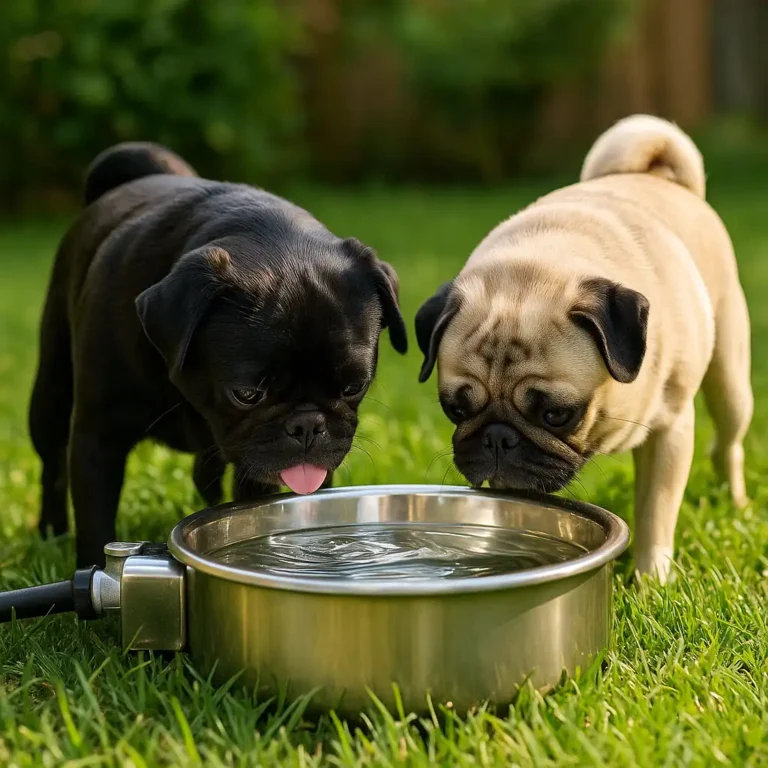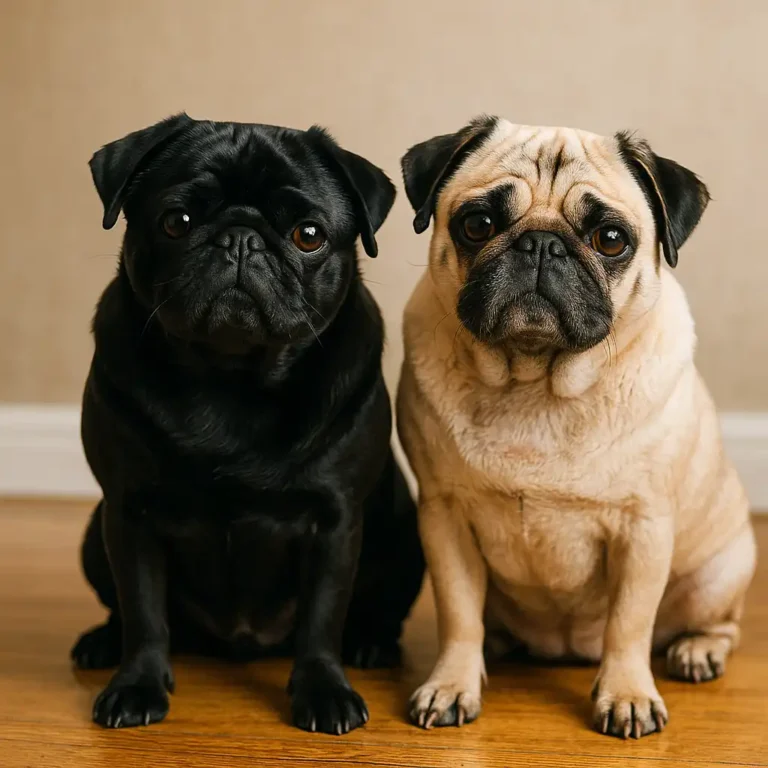Do Pugs Shed a Lot? How Much Fur to Expect Year-Round

Pugs are charming, affectionate companions, but one common concern among potential owners is their shedding. Despite their short coat, these little dogs shed more than many expect. If you’re considering bringing a pug into your home or already have one and are wondering how to manage the constant fur, this guide will help you understand why pugs shed, how to control it, and what to expect throughout the year.
Why Do Pugs Shed So Much?
The secret behind a pug’s shedding lies in their coat. Unlike some short-haired breeds that have a single-layer coat, pugs have a double coat. This means they have a soft undercoat beneath their top layer of fur, which sheds regularly.
Seasonal Shedding
Pugs experience heavier shedding in the spring and fall as they adjust to changing temperatures. This natural process helps them regulate their body temperature.
Genetics
Shedding levels can vary from dog to dog, but pugs are genetically predisposed to shed more than some other breeds.
Health and Diet
A pug with a poor diet or underlying health issue may shed more than usual. Ensuring your pug eats high-quality food with essential fatty acids can help maintain a healthy coat.
Stress and Environment
Changes in routine, stress, or environmental factors like low humidity can affect a pug’s shedding patterns.
How to Manage Pug Shedding
While you can’t completely stop a pug from shedding, you can manage it effectively to keep your home as fur-free as possible.
Regular Brushing
Brushing your pug at least 3-4 times a week helps remove loose fur before it reaches your furniture. A de-shedding brush or grooming mitt works best for pugs.
Healthy Diet
Feeding your pug a diet rich in omega-3 and omega-6 fatty acids promotes skin and coat health and reduces excessive shedding. If your vet recommends it, consider adding fish oil supplements.
Bathing Routine
Bathing your pug once a month with a gentle dog shampoo removes excess fur and keeps their skin healthy. Avoid overbathing, as it can lead to dry skin and more shedding.
Hydration and Skin Care
Keeping your pug hydrated and using moisturizing sprays or coconut oil on their coat can prevent dry skin, which contributes to shedding.
Vacuuming and Cleaning
Investing in a high-quality vacuum designed for pet hair can make a huge difference in keeping your home clean. Lint rollers and pet-friendly furniture covers can also help.
Do Pugs Shed More Than Other Dogs?
Compared to other small breeds, pugs shed significantly more. While they don’t have long fur like a Golden Retriever, their constant shedding makes them one of the more challenging breeds for those who prefer a low-maintenance coat. If shedding is a major concern, breeds like the Poodle or Maltese may be a better fit.
Final Thoughts: Is a Pug Right for You?
Pugs may shed a lot, but their lovable personalities make them worth the effort. If you’re prepared to manage the fur with proper grooming and cleaning habits, a pug can be an excellent addition to your family. Understanding their shedding habits will help you set realistic expectations and enjoy life with your adorable, furry companion.
Related Articles You Might Find Helpful
Looking for more pug care tips? Check out these articles to ensure your pug stays happy and healthy.






